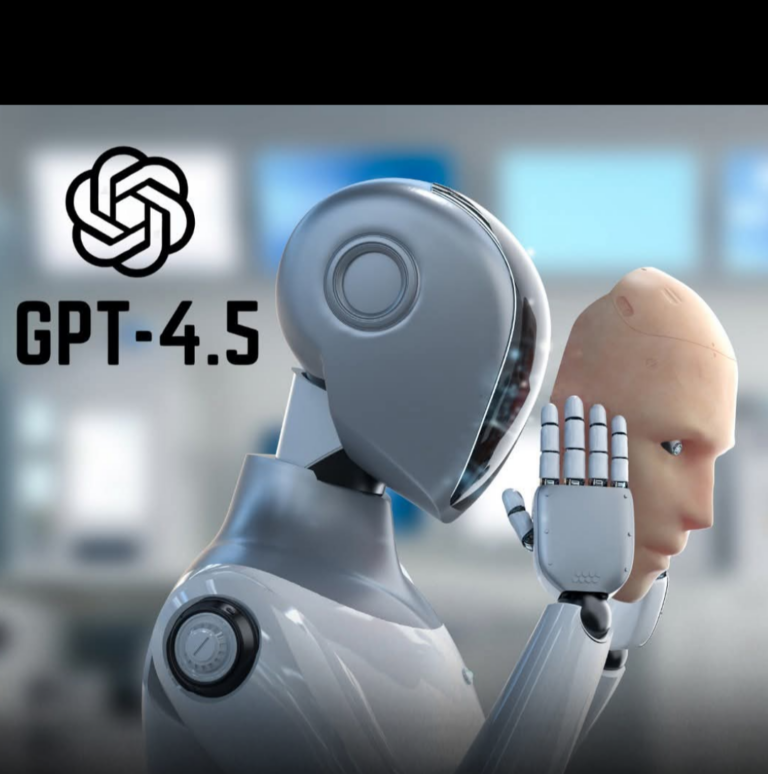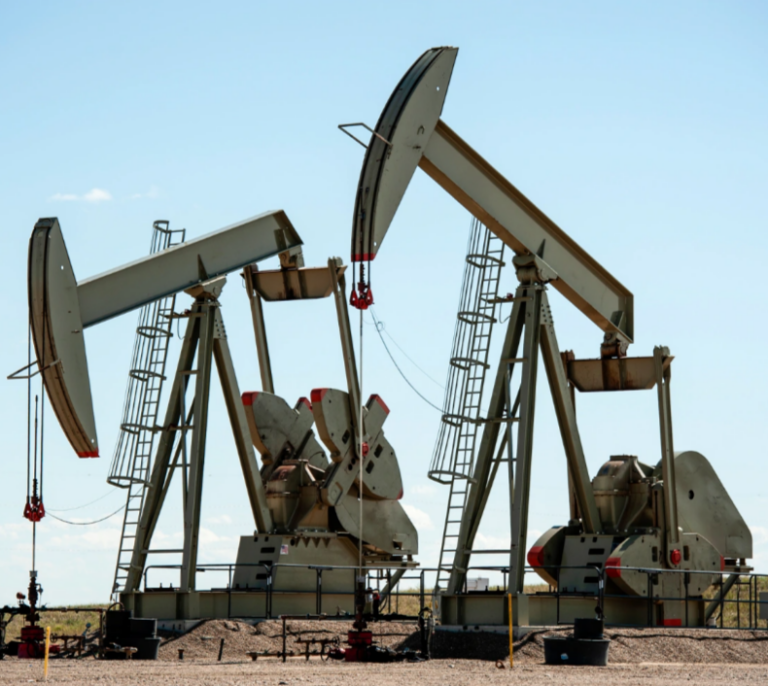
June 25, 2021- 12:47 p.m.
Inflation rose 3.9% in May, driven by spending on recreation, food and accommodation, the Bureau of Labor Statistics reported Friday.
Inflation has emerged as a hot topic on Wall Street and in Congress, where Republicans are citing it as evidence of runaway spending by President Joe Biden and Democrats.
The CPI rose at an annual rate of 5% in May, while the measure excluding volatile food and energy costs was up 3.8%. The Fed has set a goal of 2% annual inflation but has repeatedly said it would tolerate a higher level until the labor market shows a stronger recovery from the coronavirus pandemic.
There has also been recent evidence in political polls and consumer sentiment surveys that it is becoming a concern of consumers, especially those looking to make major purchases.
Fed Chairman Jerome Powell told Congress on Tuesday that inflation has risen “notably” in the past few months, but he believes it will abate in the second half of the year.
Many economists share this view, and the bond market appears to as well. Yields on shorter term bonds have risen more than longer duration bonds have, indicating traders believe the Fed will be able to contain inflation if it persists.
Powell is walking a tightrope as the economy has rebounded strongly from its pandemic lows. Gross domestic product rose at an annual rate of 6.4% in the first quarter, and the quarter about to end is likely to be even better. But the labor market, while gaining jobs, has been uneven as Thursday’s as weekly claims for unemployment are back up over 400,000 despite a drop below that level a few weeks back.
“The slowest part of the economy to recover has been payrolls,” ADP Chief Economist Nela Richardson wrote in her MainStreet Macro blog this week. “The job market needs a Fed that doesn’t overreact or underreact to economic conditions, but instead provides stability and balance at a time of unprecedented change.”
Excluding food and energy prices, which tend to be volatile, the personal consumption expenditures index rose 3.4%, in line with forecasts.
The monthly rate was 0.4%, compared to 0.6% in April.
The increased spending on services was nearly offset by decreased spending on motor vehicles and parts.
The monthly reading of the personal consumption expenditures index is a broader reading than the consumer price index and the core index, excluding food and energy. It is known to be watched closely by officials at the Federal Reserve.




